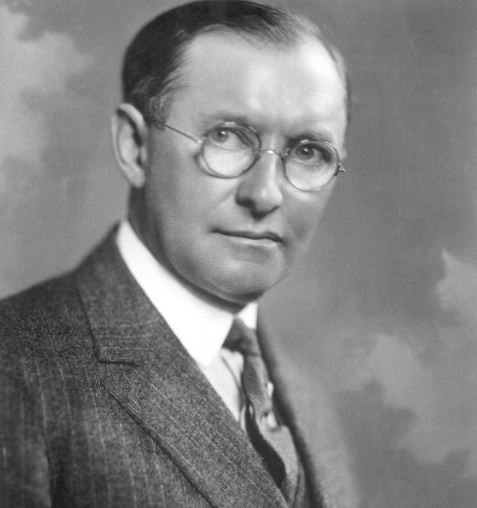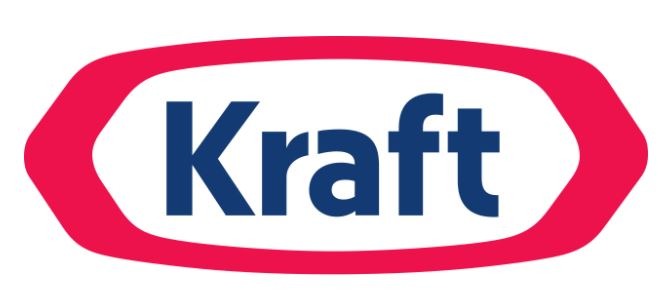Mondelēz International is American multi-national food, holding, and beverage stock company based in Chicago, Illinois. The company generates annual revenue of $26 million and has branches in almost 160 countries. It was ranked 108th on the 2021 Fortune 500 list of the largest company corporations in the United States based on the total revenue.
The company originates from an old food company called Kraft Foods Inc., founded in 1923 in Chicago. The current running enterprise was established in 2012 when the Kraft Foods company was renamed Mondelēz and kept its snack food business running while spinning off its grocery business to a new company, Kraft Foods Group.
This company manufactures chocolate snacks, cookies, biscuits, gum, confectionaries, and powdered beverages. The portfolio of Mondelēz International includes a few billion-dollar components, including Cookie and cracker brands Belvita, Chips Ahoy!, Oreo, Ritz, TUC, LU, etc.
Currently, Mondelēz Canada owns Christie Brown and Company, including brands like Mr. Christie, Triscuits, and Dad’s Cookies. Its headquarters are in Mississauga, Ontario, and it has offices in states including Toronto, Hamilton, Ontario, and Montreal, Quebec.
History of Mondelēz International
Beginning Stages
Initially, the company was founded on December 10, 1923, as National Dairy Products Corporation by Thomas H. McInnerney. The company’s purpose was to carry out a rollup strategy in the then-fragmented ice cream industry in the United States. Its product line expanded through acquisitions to include a full range of dairy products. By 1930, it had surpassed Borden as the largest dairy company in the United States and the world.
McInnerney was the owner of the Hydrox Corporation, an ice cream shop in Chicago. In 1923, McInnerney went to Wall Street to persuade investment bankers to fund his plan to consolidate the ice cream industry in the United States. He initially encountered “tough sledding,” with one banker claiming that the Dairy Industry “lacked dignity.” Nevertheless, he persuaded a consortium that included Goldman Sachs and Lehman Brothers to fund a rollup strategy.
Due to his efforts, Mcinnerney’s Hydrox merged with Rieck Mcjunkin Dairy Co of Pittsburgh, Pennsylvania, to form National Dairy Products Corporation in 1923. As a result, the new company became listed on the New York Stock Exchange, with an oversubscription of 125,000 shares.
James Kraft
James L. Kraft was born in Stevensville, Ontario, Canada, in 1874 and immigrated to the US in 1903. After immigrating, he started doing wholesale door-to-door cheese business in Chicago; its first year of operation was “dismal,” and the company lost $3,000 and a horse. However, it skyrocketed after some time, and in 1909, four of Kraft’s brothers joined him in forming J.L. Kraft and Bros. Company. The company used circulars and advertisements in early 1911.
- Founding Kraft
To prepare for international expansion, the company established its headquarters in New York in 1912. Because of intensive product development, marketing expansion, and a wholly-owned cheese factory in Illinois, thirty-one cheese varieties were sold throughout the United States in 1914.
In 1915, the company invented pasteurized processed cheese, which did not require refrigeration and thus had a longer shelf life than traditional cheese. In 1916, the process was patented, and approximately six million pounds were sold to the United States Army for military rations during World War I.
Later, in 1927, it opened a sales office in London, United Kingdom, and Hamburg, Germany. In 1927, the total sales were $60.4 million.
- Kraft Phenix
In 1928, the company bought the Phenix Cheese Company, which produced Philadelphia cream cheese, and renamed Kraft-Phenix Cheese Company.
In 1929, the New York Times informed about the merger of The Hershey Company, Kraft Phenix, and Colgate. The same year, National Dairy, Borden, and Standard Brands were all interested in acquiring the company.
By 1930, the company had captured 40% of the US cheese market and became the third-largest dairy company in the country, after National Dairy and Borden. Following a merger with Fred Walker & Co., the company began operating in Australia in 1930.
- The Acquisition of Kraft-Phenix After National Dairy
The National Dairy Company made sales of $315 million at the time of acquisition in 1930 compared to Kraft Phenix’s $85 million. The combined business was managed by National Dairy management. Following the Kraft-Phenix acquisition, the company was known as National Dairy until 1969. Historically, dairy products accounted for all of the company’s sales.
However, the company’s product lines shifted away from dairy products to caramel candies, macaroni and cheese dinners, and margarine. Then, in the 1950s, the company began to diversify away from low-value-added commodity dairy products like fluid milk.
This trend continued with the company through carelessness and divestiture until the company’s main remaining dairy product was cheese. As a result, the company’s modern history emphasizes its cheese history. The company started marketing through radio sponsorship in 1933.
The Sealtest brand of ice cream was introduced in 1935 as a unified national brand to replace the company’s numerous regional brands. During World War II, the company shipped four million pounds of cheese to the United Kingdom every week. The product development and advertising aided the company’s postwar growth, introducing sliced process cheese and cheese Whiz, a brand of cheese sauce, in the 1950s.
During this time, Thomas McInnerny, the founder of National Dairy, and James L. Kraft, the founder of Kraft, died, and by the end of the decade, the divisions had become less autonomous. They had even been diversified into the glass-packaging business with the acquisition of Metro Glass in 1956.
- National Dairy Becomes Kraft
The company changed its name from National Dairy to Kraftco Corporation in 1969. The following was stated at the time as the reason for the name change: “Expansion and innovation have taken us far afield from the regional milk and ice cream business we began within 1923.”
Nevertheless, the sales of these original products have remained relatively stable over the last ten years, accounting for almost 25% of our sales in 1969.” At the same time, in 1972, the company relocated to Glenview, Illinois.
The name was changed to Kraft, Inc. in 1976 to emphasize the company’s trademark and reflect the fact that dairy, other than cheese, was now only a minor part of the company’s sales. Following the name change, there was also reorganization.
- Dart & Kraft
Dart & Kraft was formed in 1980 when Kraft merged with Dart Industries, the founders of the Duracell, Tupperware, West Bend, Wilsonart, and Thatcher Glass to make Dart & Kraft.
Dart and Kraft mixed results to its shareholders during the 1980s, as new acquisitions in the food business, including Churny premium cheese, Lender’s Bagels, Frusen Gladje ice cream, and Celestial Seasonings tea.
- Philip Morris Comes Into The Mix
Philip Morris Companies paid $12.9 billion for Kraft at the end of 1988. Kraft merged with Phillip Morris’ General foods Unit in 1989 to form Kraft General Foods. They’re known to have produced Oscar Mayer meats, Maxwell House coffee, Jell-O Gallatin, Budget Gourmet frozen dinners, and Kool-Aid, Crystal Light, and Tang powdered beverage mixes.
They also made Post Cereals, Shake ‘n Bake flavored coatings, and a variety of other packaged foods. However, its aggressive product development was reversed after the merger, as the company became slow in addressing issues on its product lines due to its size and company politics.
As its business was based in the United States, it acquired Jacobs Suchard, a European coffee company, and Freia Marabou in 1990 to expand overseas.
In 1993, it purchased RJR Nabisco’s cold cereal business while selling its Breyer’s ice cream division and Birds Eye until Unilever. It changed its name to Kraft Food Inc. in 1995, the same year it sold its bakery division, candy division, and a table spread division, and the Log Cabin syrup was introduced in 1997.
Following a year of declining sales and the dismissal of co-CEO Betsy Holden, Kraft embarked on a significant restructuring process in January 2004. As a result, the company announced the closure of 19 manufacturing facilities worldwide, the loss of 5,500 jobs, and the sale of 10% of its branded products.
Mondelēz International – A Very Influential Company
Mondelēz International is a famous confectionery company that has been around for quite a while and has revolutionized the industry with its products and marketing strategies. The company is mainly recognized for its quality products and beautiful packaging. Mondelēz International, like many other companies, has seen a fair share of ups and downs from a variety of opportunities; yet, due to effective business strategies, they’ve sustained themselves over the long run in the open market.




